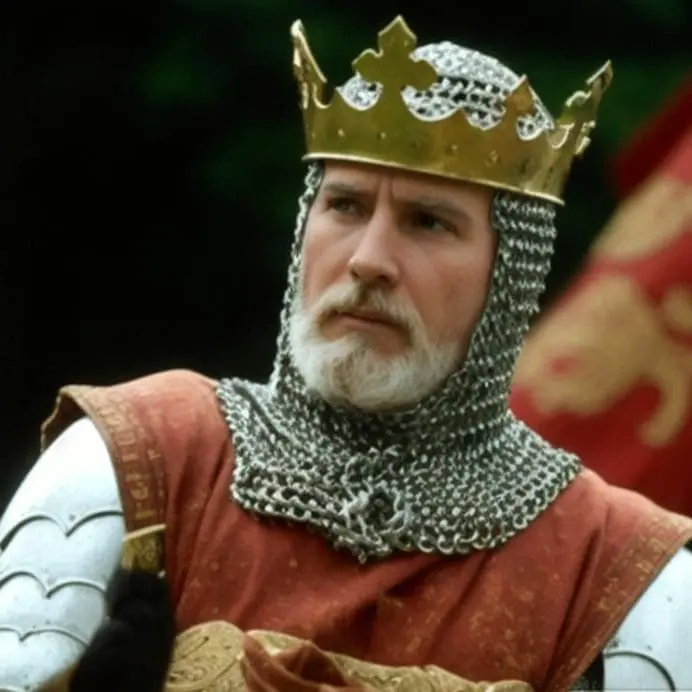Your basket is currently empty!

King Edward I
King Edward I of England, determined to bring Wales under English rule, led a fierce, multi-faceted campaign over decades. His aggressive policies and relentless military actions reshaped political ties between the two nations permanently.
King Edward I of England in Wales
Edward’s first major incursion came in 1277, when he sent armies to overcome Llywelyn ap Gruffudd, the Welsh Prince of Gwynedd. Llywelyn was forced to surrender large portions of his lands. However, rebellion continued to flare across Wales, prompting Edward to embark on a much larger invasion in 1282. This time Edward was determined to subdue all of Wales. His armies employed brutal siege tactics and scorched earth operations, systematically destroying Welsh strongholds. By 1283, Edward’s superior military strength crushed all major resistance and extinguished Welsh independence.
To solidify his hard-fought conquest, Edward constructed an elaborate network of castles across Wales, including Caernarfon, Harlech, Conwy and Beaumaris. He mandated the castles be built with multiple rings of defensive walls, moats, towers, and military architecture features. The castles’ imposing designs projected intimidating displays of English power. They also enabled military garrisons to quickly put down further rebellion.
English strongholds
As part of England’s colonisation of Wales, Edward founded walled towns intended to be English strongholds. Towns such as Flint, Rhuddlan, and Aberystwyth were sited near Edward’s castles for strategic supervision. English settlers moved in while Welsh natives were pushed out. The new urban centres formed part of England’s political control.
To integrate Wales into his kingdom, Edward abolished Welsh law and imposed English common law instead. Welsh nobles used to special privileges were subjected to restrictions under the new English administration headed by royal appointees. Heavy taxation was also instituted to support the war effort and occupation. These repressive policies bred simmering resentment.
Prince of Wales
In further acts coded with imperialist symbolism, Edward chose his son and heir Edward II to hold the new title Prince of Wales in 1301. He also organized elaborate public ceremonies to proclaim English sovereignty over conquered ground. While cementing his hard-fought victory, Edward’s harsh governance ultimately led to periodic Welsh uprisings in later decades as underlying tensions persisted.
Through his unrelenting military campaigns, expansive castle and town building programs, political repression, and cultural suppression, Edward I was able to comprehensively transform Wales from a collection of independent principalities into another territory under the English crown. His reign marked a definitive end to medieval Welsh sovereignty, enacting changes that profoundly shaped history.
Related Articles
Discover more from Histories and Castles
Subscribe to get the latest posts sent to your email.











